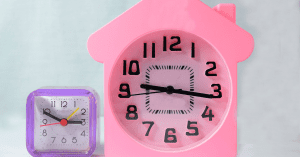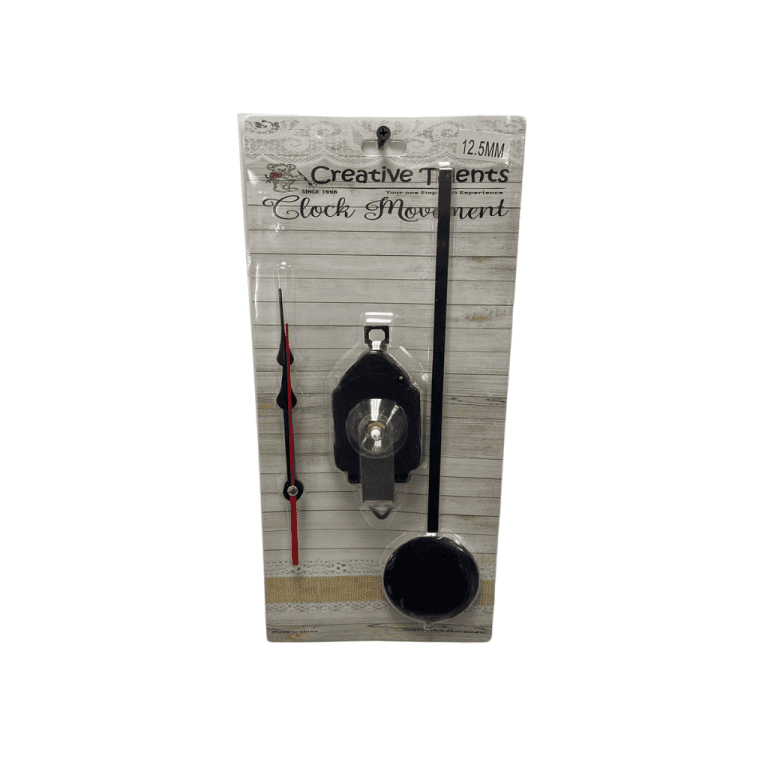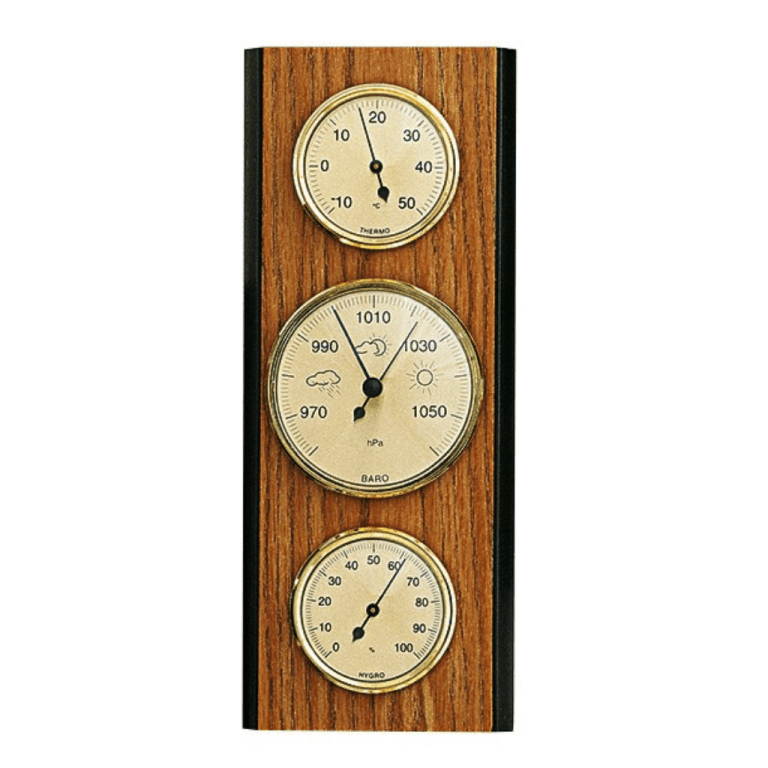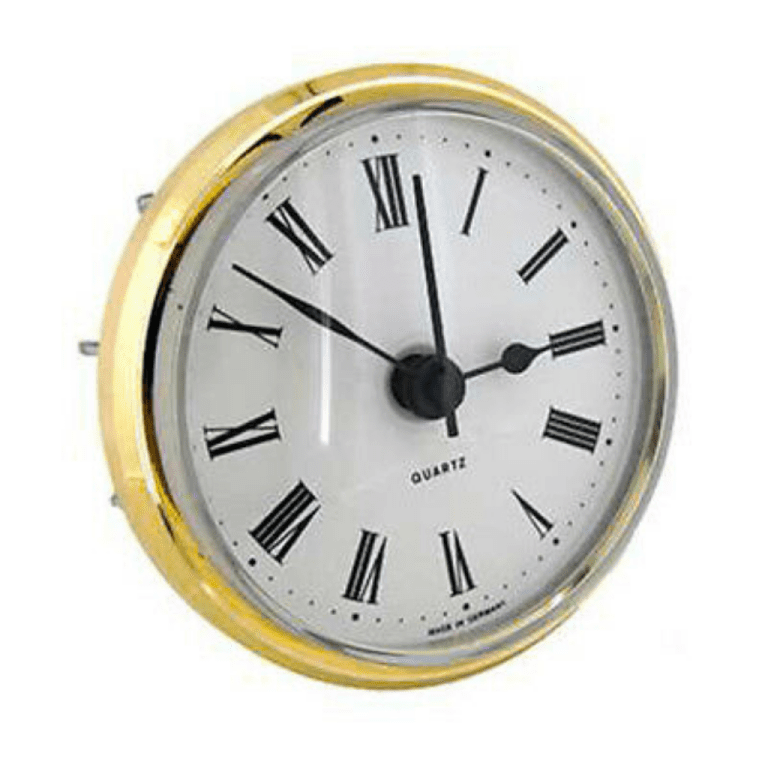The pocket watch, though small in size, holds a great place in the history of timekeeping. Once a symbol of elegance, precision, and personal style, the pocket watch was more than just a way to tell time—it was a mark of status, craftsmanship, and tradition.
Originating in the 16th century, the pocket watch revolutionized how people kept time. Before wristwatches became popular, these portable timepieces allowed individuals to carry the power of punctuality in their pockets. Worn with pride on chains or tucked into waistcoats, pocket watches became associated with sophistication, responsibility, and timeless class.
What truly sets the pocket watch apart is its craftsmanship. Many antique pocket watches were meticulously handcrafted, with delicate gears, hand-painted dials, and finely engraved cases. Some even featured gold or silver finishes, jeweled movements, or miniature paintings. Each watch was a masterpiece of engineering and design, made to be both functional and beautiful.
Pocket watches also hold deep sentimental value. Often passed down through generations, they became treasured family heirlooms, carrying the stories of those who owned them. They marked important life events—graduations, retirements, weddings—and were gifted as tokens of love, respect, or legacy.
Even today, in a world filled with digital screens and smart devices, the pocket watch still commands admiration. It represents a slower, more thoughtful relationship with time—a reminder to pause and appreciate the moment. Whether worn as a vintage fashion statement or kept in a collection, the pocket watch remains a symbol of grace and tradition.
In every tick and turn of its hands, the greatness of the pocket watch lives on—not just as a timepiece, but as a timeless treasure.














